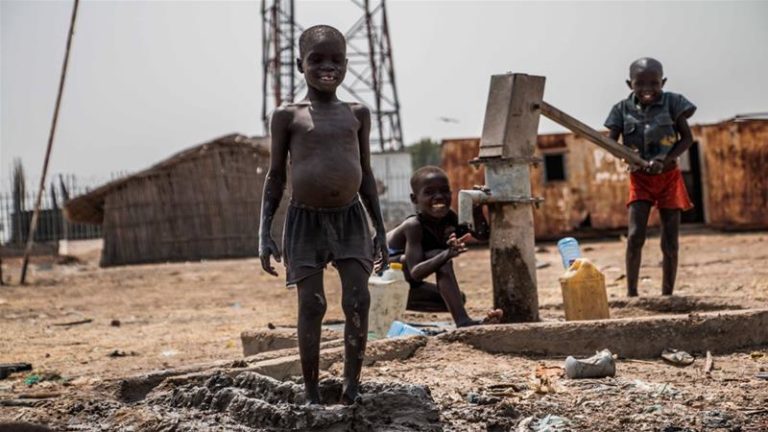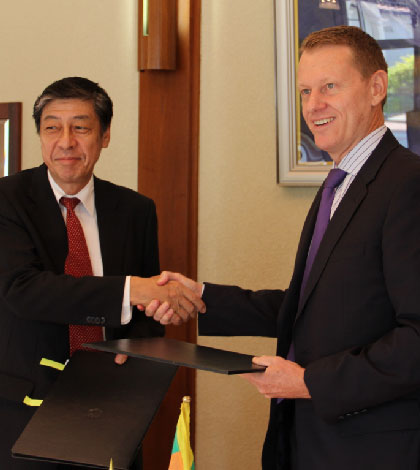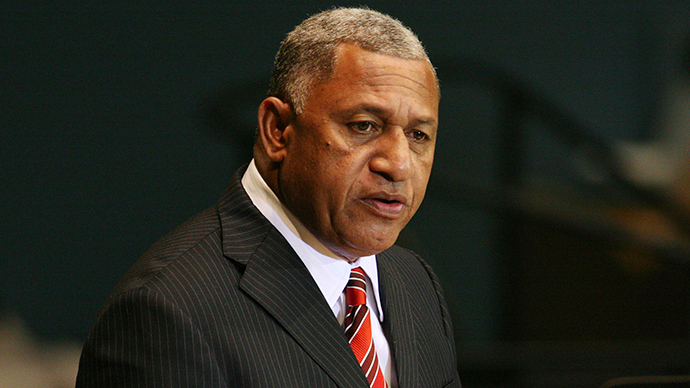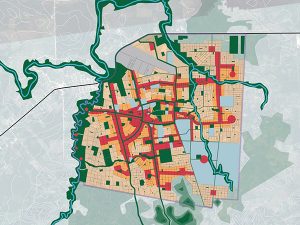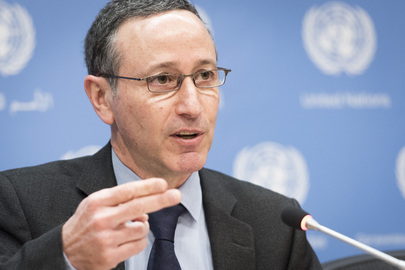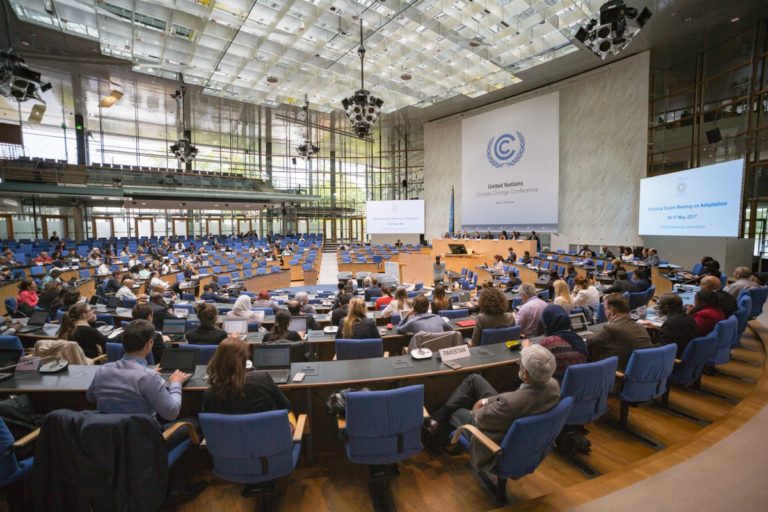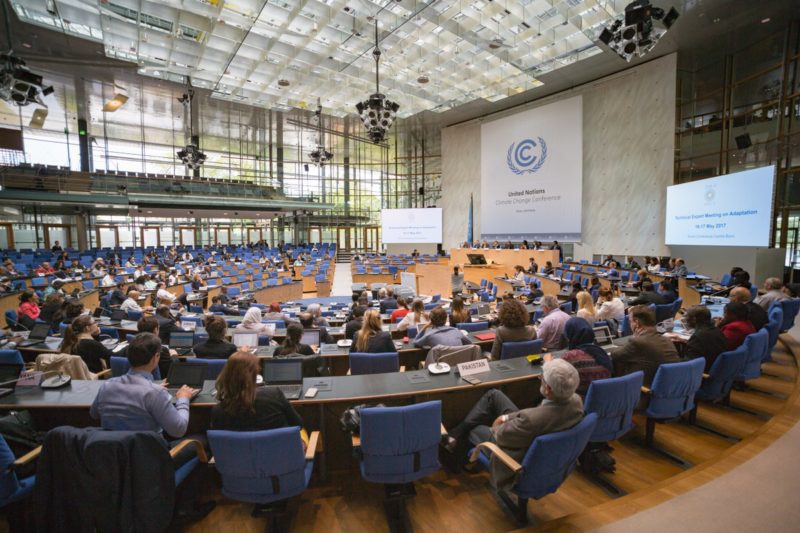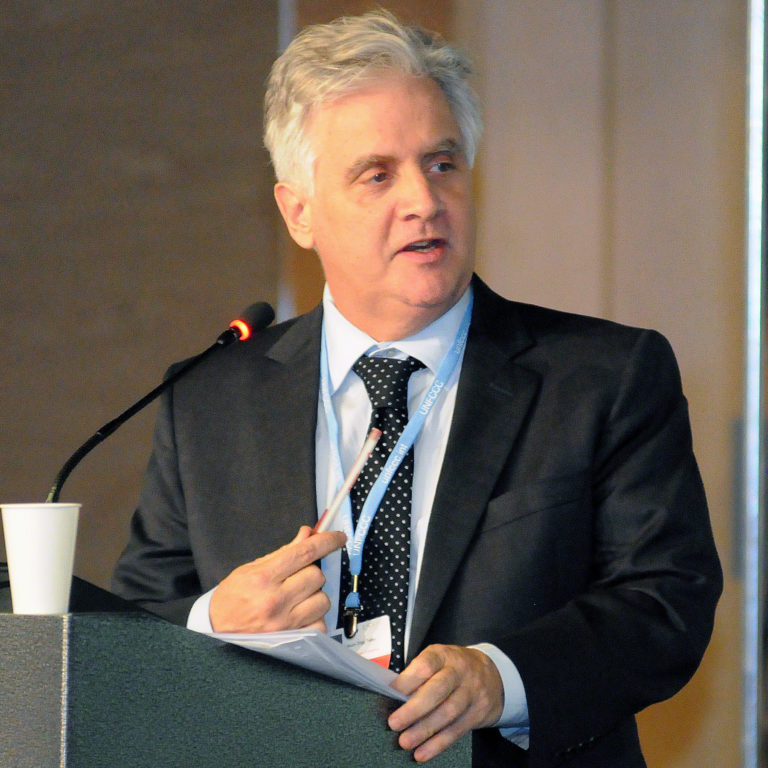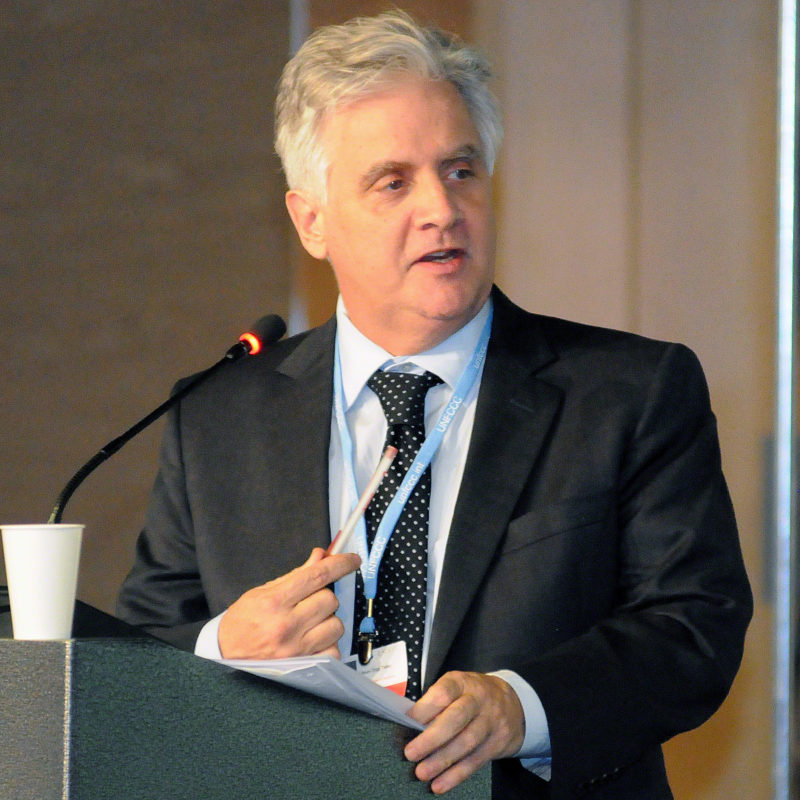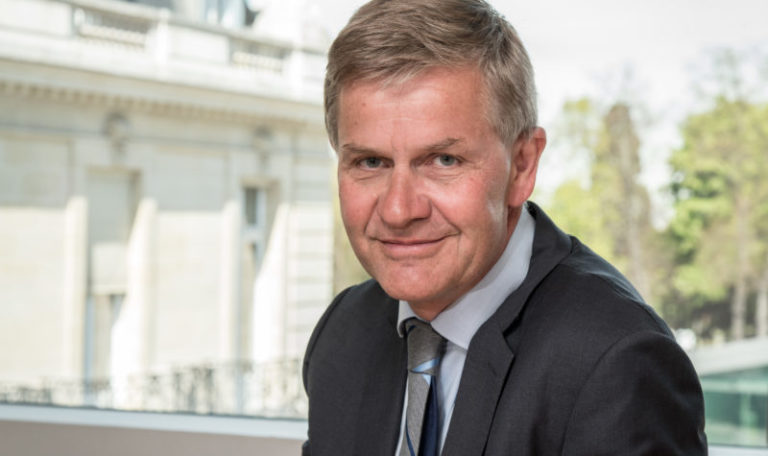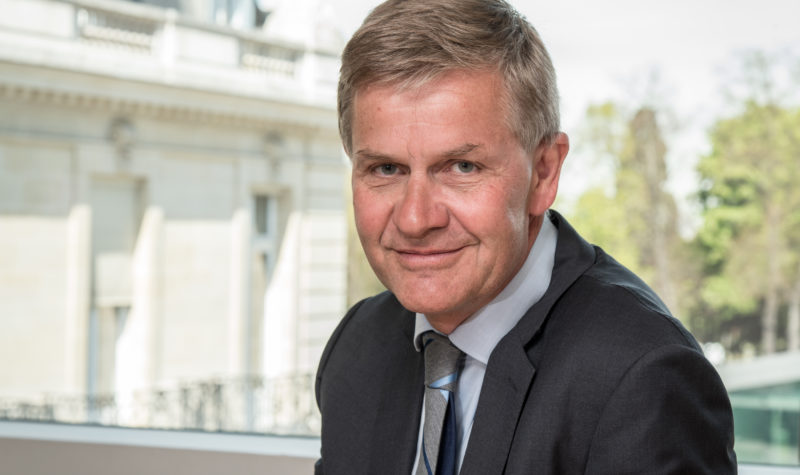No fewer that 180,000 people living in oil field region of Thar Hath in South Sudan are suffering from chronic poisoning from heavy metals as a result of exploratory drillings for crude oil, a study has revealed.
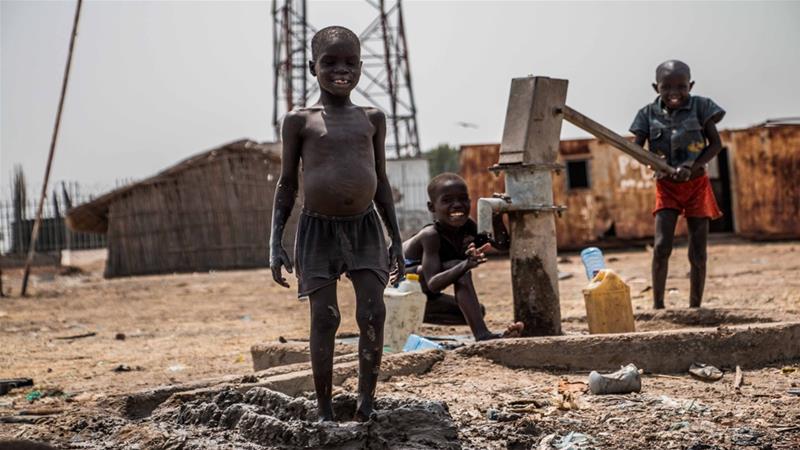
According to the findings of a research conducted by Sign of Hope, a German non-governmental organisation (NGO), the poisoning is as a result of the contamination of the people’s drinking water – ostensibly from improperly disposed processed water and drilling mud in the nearby oil fields.
The study submits that scientific analysis of hair samples taken from the citizens shows that they are suffering from chronic poisoning from heavy metals such as lead and barium.
The health implication of pollution from the two heavy metals includes blood loss and renal failure, the study notes, adding that lead poisoning can also affect the nervous system and can lead to paralysis, among other grave consequences.
The study says: “In the oil fields of Thar Jath, South Sudan, increasing salinity of drinking water was observed together with human incompatibilities and rise in livestock mortalities. Hair analysis was used to characterise the toxic exposure of the population. Hair samples of volunteers from four communities with different distance from the centre of the oil field were analysed for altogether 39 elements by inductively coupled plasma–mass spectrometry. Very high concentrations and a toxic health endangerment were assessed for lead and barium.
“The concentration of lead increased steadily with decreasing distance from the oil field from Rumbek to Koch and was there in the same range as in highly contaminated mining regions in Kosovo, China or Bolivia. The weighting materials in drilling muds barite (BaSO4) and galena (PbS) were considered to be the sources of drinking water pollution and high hair values. The high concentrations of lead and barium in hair demonstrate clearly the health risk caused by harmful deposition of toxic industrial waste but cannot be used for diagnosis of a chronic intoxication of the individuals.”
Tracing the genesis of the situation, the study further explains: “Since 1974, exploratory drillings for crude oil were performed in the southern areas of Sudan and large deposits were discovered between 1979 and 1982 in the states Upper Nile and Unity of the later South Sudan. However, caused by civil war and political instability, oil production in larger scale started only in 1999 in the Unity oilfield. The Thar Jath and Mala oil fields were discovered in 2001 and production began there in 2006 and 2007 respectively after the Comprehensive Peace Agreement was signed and the political autonomy of South Sudan was granted.
“The oil production increased until 2012 when new military conflicts emerged between Sudan and the meanwhile independent South Sudan, and the pipeline to Port Sudan at the Red Sea was shut down. Since then, oil is produced only sporadically and to a much lower level. Production facilities are abandoned and dilapidated.
“In 2007, complaints of the population of the Thar Jath region became known for the first time about a bitter and salty taste of the drinking water. Diarrhea and gastrointestinal problems had increased reportedly, particularly of children and older persons. Increased mortalities of livestock were also associated with the contaminated water. Drinking water for the rural population of about 180,000 and for livestock in the surrounding villages of the oil fields is mainly supplied by hand pumps from the upper aquifer in 40-80m depth. Altogether 90 water samples from hand pump operated wells, surface water of wetlands, ponds of oil processing water and drilling mud pits were collected during five field trips in 2008 and 2009 and were tested for pH, electrical conductivity, total found in many of the drinking water samples whereas arsenic, cadmium, copper and mercury were always below the limits of detection (0.001 mg/L, 0.0002 mg/L, 0.005 mg/L and 0.001 mg/L respectively).
“The concentration of barium was 140 mg/L in a sample from an abandoned drilling pit and 0.61–1.2 mg/L in samples from oil processing water ponds. Aluminum and iron had concentrations above the Sudanese drinking water standards (0.2 and 0.3 mg/L) only in surface water but not in drinking water. Manganese was below the Sudanese drinking water standard (0.5 mg/L) in all samples with exception of one deep drilling water sample (0.91 mg/L), but five drinking water samples from the upper aquifer with 0.25–0.43 mg/L were above the German drinking water standard of 0.05 mg/L. Cobalt, thorium and vanadium which had elevated concentrations in hair (see below) were not measured in water.”
Titled “High concentrations of lead and barium in hair of the rural population caused by water pollution in the Thar Jath oilfields in South Sudan”, the study was undertaken by researchers Fritz Pragst, Klaus Stieglitz, Hella Runge, Klaus-Dietrich Runow, David Quig, Robert Osborne, Christian Runge, and John Ariki.
Commenting on the development, Nnimmo Bassey of the Health of Mother Earth Foundation (HOMEF) said: “The implication of these findings for us in Nigeria is that we have more reasons to worry about the critical health impacts of the pollution in the Niger Delta. We have hardly examined the way water used in oil productions is disposed off in our oil fields and hundreds of thousands of barrels are discharged into our waterways daily.
“Are these adequately detoxified before dumping into the ecosystem? That is the question. While we battle with regular incidents of oil spills and gas flares, are we examining how drilling muds are disposed of?
“Recall that toxic sludge from Forcados region was recently disposed of in pits in Koko – and the matter died off without public communications about the threat to the people and their water sources simply because some Delta State Government officials claimed that the toxic waste was not toxic and would not permeate into the ground water from where local populations draw drinking water.
“Such cavalier treatment of an obvious toxic event does not show any sign that our environment and health is being adequately protected by agencies that ought to do ensure the safety of our people. This report from South Sudan should serve as a wake up call to all in Nigeria and wherever oil is being exploited in Africa.”

